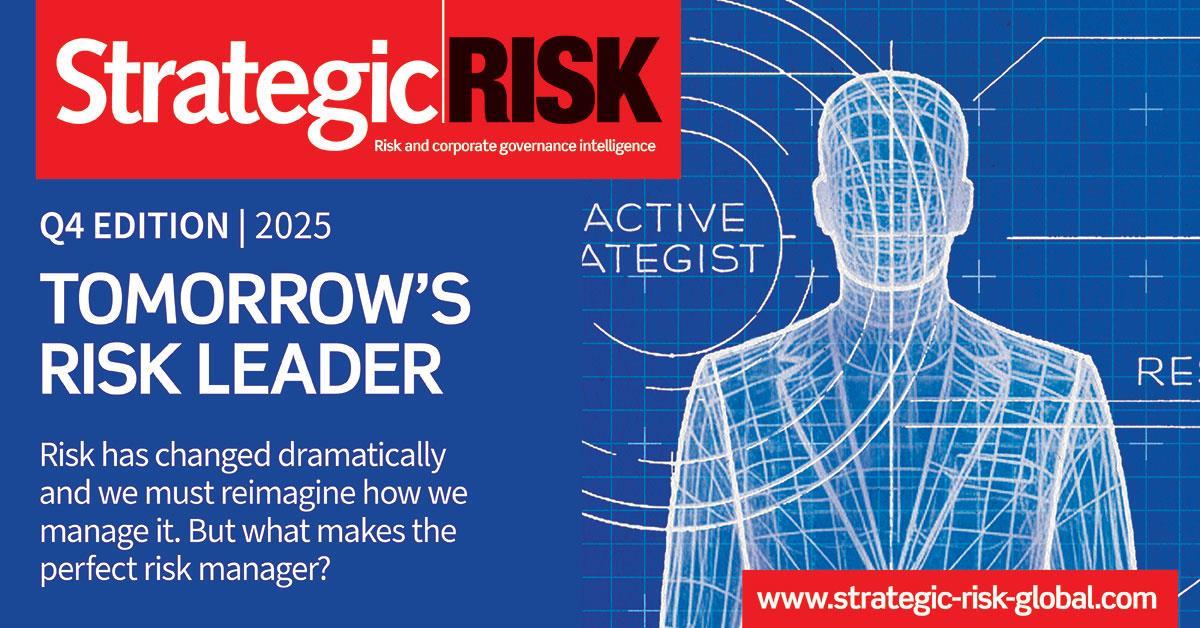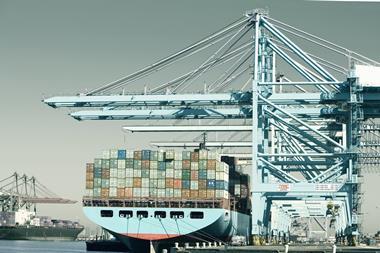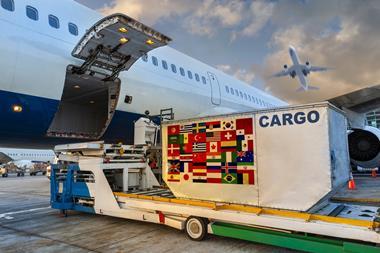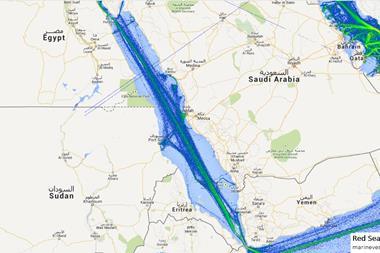As aviation grapples with cyber threats, regulatory upheaval and global supply chain fragility, the ripple effects extend far beyond the runway. For risk managers, these trends offer vital lessons in resilience, coordination and adapting to fast-moving systemic risks.
The aviation industry is under intense pressure in 2025. It faces a mix of geopolitical volatility, cyber threats, regulatory upheaval and structural labour shortages. The result is a complex and interdependent risk environment. Risk managers must adapt faster, plan smarter and collaborate more effectively across borders.

While aviation risks are most immediately felt by airlines, manufacturers and insurers, their impacts ripple widely. Disruption to flight operations can paralyse global logistics networks. Labour shortages or grounded fleets can delay critical supply chains. And escalating geopolitical tensions affecting airspace access or insurance capacity can destabilise entire regions’ trade flows.
For risk managers in adjacent sectors - from pharmaceuticals to retail - aviation’s vulnerabilities are a direct business continuity concern.
Data from two key sources: the International Union of Aerospace Insurers’ (IUAI) 2025 CERSG Survey Summary and the Allianz Risk Barometer 2025, show not only what the sector’s most pressing risks are, but how these are evolving in severity and scope.
Together, they paint a picture of a sector that is cautiously optimistic, but increasingly focused on resilience, compliance and digital risk mitigation.
Top five risks facing aviation in 2025
(Source: Allianz Risk Barometer 2025)
- Cyber incidents: Including ransomware, IT outages, GPS spoofing and malicious interference
- Business interruption: Driven by supply chain delays, aircraft ageing and fragile global logistics
- Regulatory change: ESG disclosure, emissions rules and shifting compliance requirements
- Political risk and violence: Including war, terrorism and instability affecting airspace and insurer appetite
- Workforce shortages: A long-term constraint with implications for safety, resilience and cost
Cyber and geopolitical instability dominate
For the first time, cyber incidents have topped Allianz’s global risk ranking for aviation, aerospace and defence. This follows a year of major disruptions, including the CrowdStrike outage that grounded thousands of flights in July 2024.
As Allianz’s Adam Tozzi notes: “Perhaps the reason for cyber incidents’ place at the summit can be put down to the truly enormous and varied threat such a term encompasses. Everything from cyber-crime, IT outages, malware or ransomware attacks, data breaches and the associated fines and penalties is included.
“This is not to mention the potential for malicious acts from hostile operators on actual flight operations, such as GPS spoofing – a sophisticated attack that actively exploits weaknesses in an aircraft’s navigation system and has become increasingly common in areas of geopolitical instability such as Eastern Europe and the Middle East.”
Meanwhile, the IUAI survey identifies geopolitical instability as the number one threat to aviation over the next five years, with two-thirds of insurance professionals ranking it as the biggest threat.
Tom Hughes, Director of Underwriting at the IUA, said: “Aviation insurers are monitoring closely the development of many new technologies and emerging threats. The use of artificial intelligence, new aircraft types and the transition away from fossil fuels all have the potential to transform risk profiles in what is a fast-changing industry.
“But when asked to pin down the single most important threat over the next five years, there was a very clear winner. The number of experts identifying geopolitical instability was almost seven times higher than that for the next most significant risk.”
Regulation, ESG and Supply chain issues
Both IUAI and Allianz highlight regulatory uncertainty as a major emerging challenge. In the Allianz rankings, “changes in legislation and regulation” made the top five for the first time. The shift is largely driven by diverging global approaches to sustainability, emissions rules and ESG reporting.
The EU’s Corporate Sustainability Reporting Directive (CSRD) is raising the bar on climate disclosure. Meanwhile, a shifting US regulatory stance has created confusion around global expectations. The IUAI survey also flags emerging risks such as ESG-related litigation and liability for inaccurate offsetting claims.
Insurers report growing interest in ESG-linked products, but many remain cautious. Frameworks are still evolving, and some carriers are hesitant to expand coverage until reporting and verification standards mature.
Supply chain disruption remains a top concern for aviation. Allianz reports a record aircraft backlog of 17,000 planes, and the global fleet’s average age has risen to 14.8 years. This is pushing up maintenance costs and stretching MRO (maintenance, repair and overhaul) capacity.
The IUAI survey echoes these concerns. Aircraft groundings, delayed parts and engine availability are leading causes of business interruption. These supply chain challenges are also resulting in more claims and growing concern about contingent exposures further down the value chain.
Meanwhile, workforce shortages continue to act as a structural constraint. The aviation industry is still recovering from pandemic-era retirements and attrition and has yet to rebuild its talent pipeline.
The Royal Aeronautical Society estimates the industry will need 300,000 new pilots, 300,000 maintenance engineers and 600,000 cabin crew over the next decade. These targets are unlikely to be met, pushing up wages and stretching operational resilience.
Coverage gaps and insurer caution
The evolving risk landscape is also exposing gaps in coverage. Aviation-specific cyber insurance remains hard to place, particularly for scenarios involving war or state-sponsored attacks. IUAI respondents highlight a rise in exclusions and pricing volatility in this space.
There is strong interest in parametric and captive solutions, but innovation remains uneven. Some insurers are expanding into ESG or non-damage business interruption cover, while others are pulling back due to systemic exposure concerns.
IUAI members also stress the importance of clearer wordings and more transparency in limit structures. Risk managers are increasingly seeking tighter alignment between policy coverage and real-world threats.
What risk managers should do now
- Pressure test cyber resilience: Review your cyber insurance, incident response plans and board-level awareness to reflect geopolitical and operational threats
- Monitor regulation proactively: Prepare for CSRD and other ESG disclosure frameworks, and engage early with legal teams on jurisdictional risks
- Revisit supply chain assumptions: Build contingency plans for MRO delays, parts shortages and ageing equipment
- Plan for long-term labour gaps: Align workforce strategy with operational risk, including recruitment, training and succession
- Engage early with insurers: Strong risk data and early dialogue can help maintain access to capacity and secure better terms in a tightening market














No comments yet